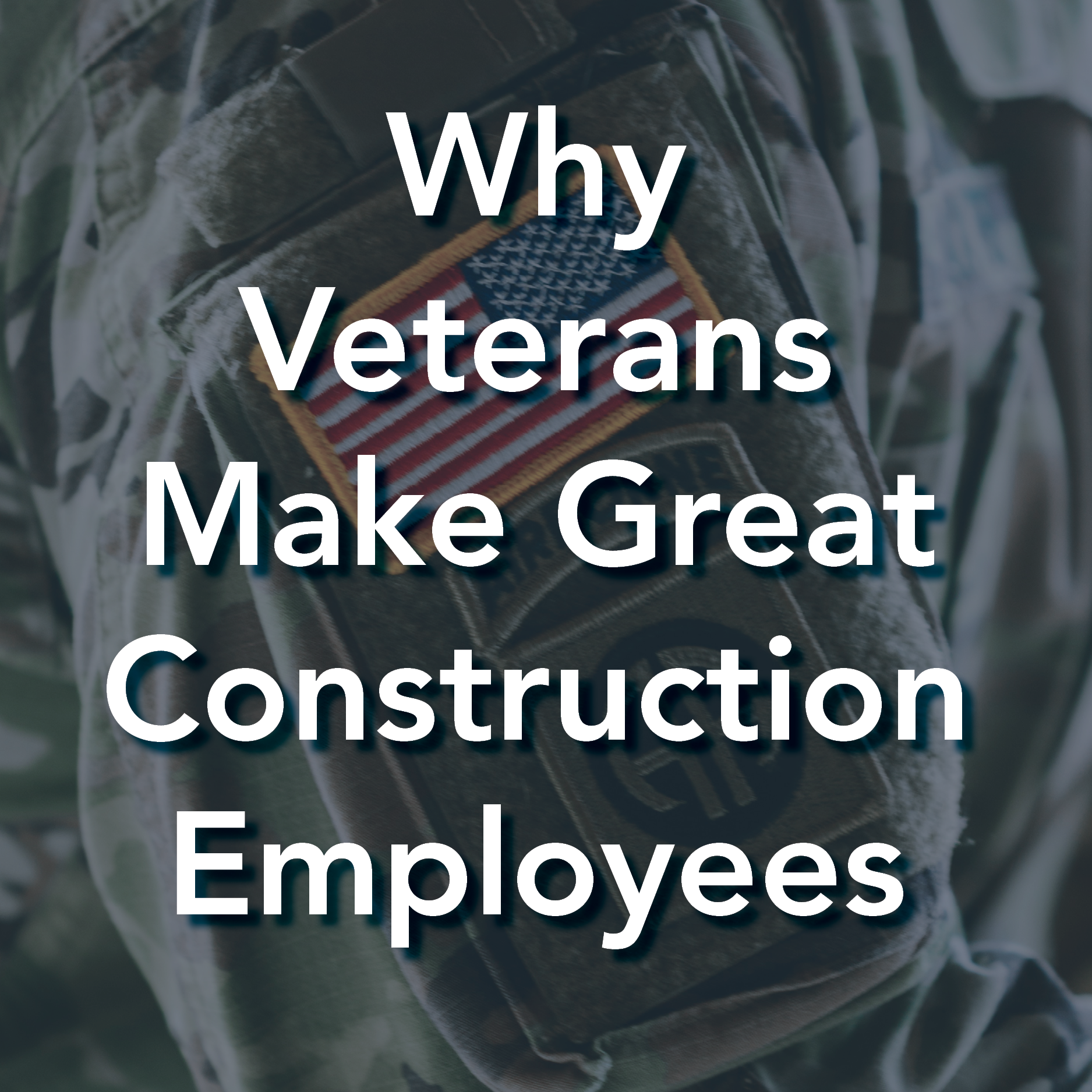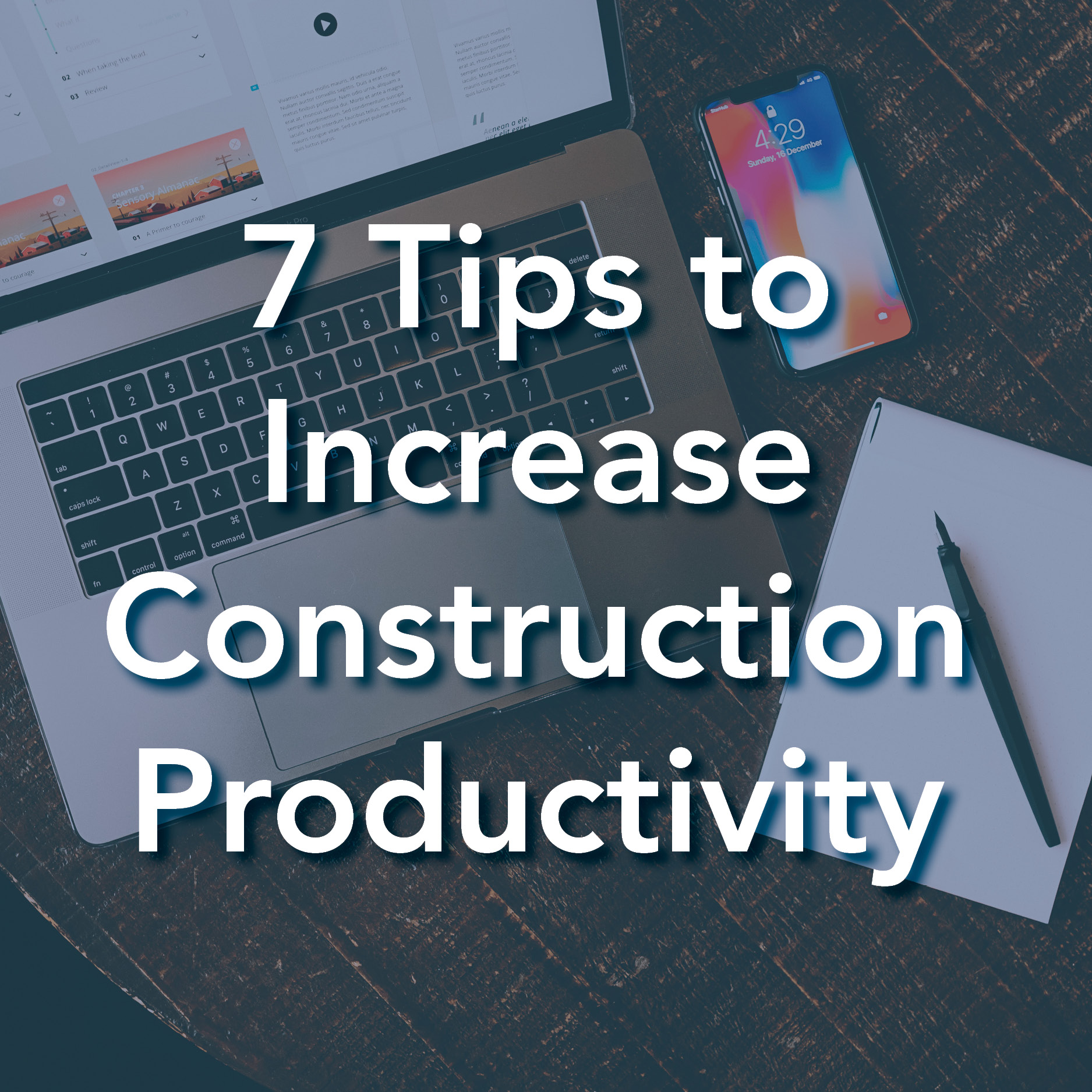One Word: Layers

It's the end of the month, and the weather's dipping below zero.
Working outside has its ups (fresh air, being in the great outdoors) and downs (frostbite, icy work surfaces, hypothermia). If you find yourself working in outdoors year-round, especially during these sub-zero cold spells, how to dress properly for the elements becomes VERY important. And we have one word for you: layers.
Layering clothes of the right fabrics can make a world of difference when facing a long shift on a cold, sub-zero winter day.
-------
OSHA recommends wearing at least three layers of loose-fitting clothing (tight clothing can affect blood circulation and make it harder for blood to reach extremities):
• Base Layer - The layer which wicks away moisture and removes sweat off the skin. Clothing should lay against the skin (but loosely) so it can effectively move moisture away from the body. A lightweight polyester blend shirt is great for the upper body, and polyester is perfect for the lower body.
• Middle Layer - The layer that insulates and captures heat. Like the base layer, the middle layer should also work to move moisture away from the body. The looseness of the clothing allows heat to become trapped inside and against the body. Fleece and wool are great options, such as a heavy wool sweater. Avoid cotton as it traps moisture and take a lot of time to dry. A pair of midweight fleece pants are a great choice for the lower body.
• Outer Layer - The layer that serves as a shell of protection from the wind, rain and snow. This layer should be waterproof or water-resistant with ventilation, which will help keep you drier. If a lot of physical activity is planned for the day, a breathable outer layer is recommended. For the upper body, a waterproof coat is best, while quality waterproof and breathable work pants work best for your bottom half.
-------
Other Helpful Tips for Staying Warm on the Jobsite:
It's important to cover exposed skin, which may include hats, thermal liners for under one's hard hat, gloves, and face masks. Double layering one's socks is helpful in keeping feet warm (and it's easy to remove a pair if your feet become damp). Help yourself stay dry even further by wearing a pair of well-insulated, waterproof boots.
Whichever type of protective gear you use, you’ll want to ensure visibility and loose-fitting layers. Wearing bright, reflective clothes is always important, but the early sunset of winter can mean working more in the dark, so high-visibility gear is especially useful.
It's important to limit exposure to the cold as much as possible, too. Employers should provide a heated area such as a trailer or tent for crews to take frequent breaks and warm up. Employers should also encourage workers to change wet clothes and drink warm beverages in the heated area. Break time is the perfect opportunity to check for signs of frostbite or hypothermia too. Heating devices of any kind should be used safely (as always).
Workers should drink warm beverages and room-temperture warm to keep hydrated (yes, even when its five below zero). As good as that hot cup of coffee is, it's better to avoid beverages with caffiene or alcohol in them. Caffiene is a diuretic which causes water loss and increases dehydration, which could ultinmately lead to hypothermia.











